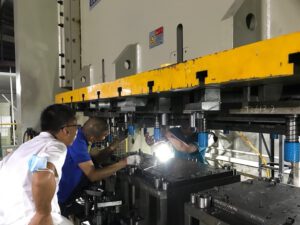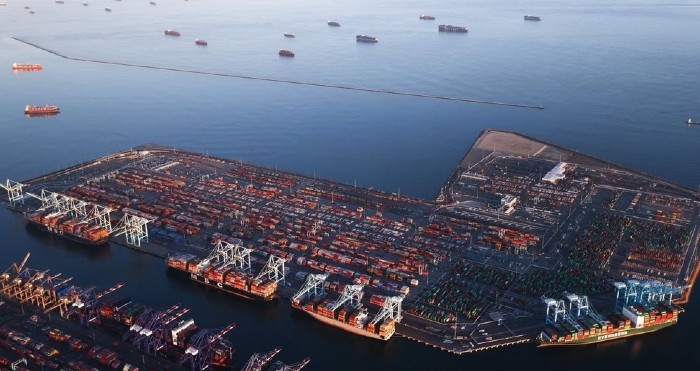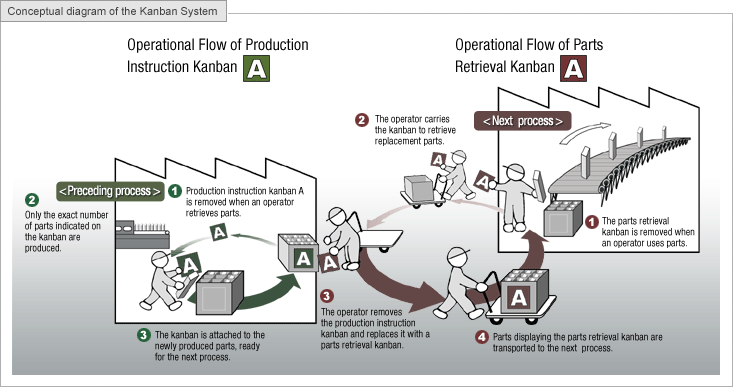Rapid Allocation of Backup Resources
By now many supply chain managers are sleepless, dealing with problems such as shipping delays, cost increases across the board, a shortage of materials, Covid-19 shutdowns, factories closing permanently, lingering trade wars, and the list goes on. The newest disruptions involve the shortage of energy such as electricity and natural gas. These affect all industries and even the average person’s daily life.
Continue reading “How to Better Control Your Supply Chain in an Age of Surging Disruptions”






